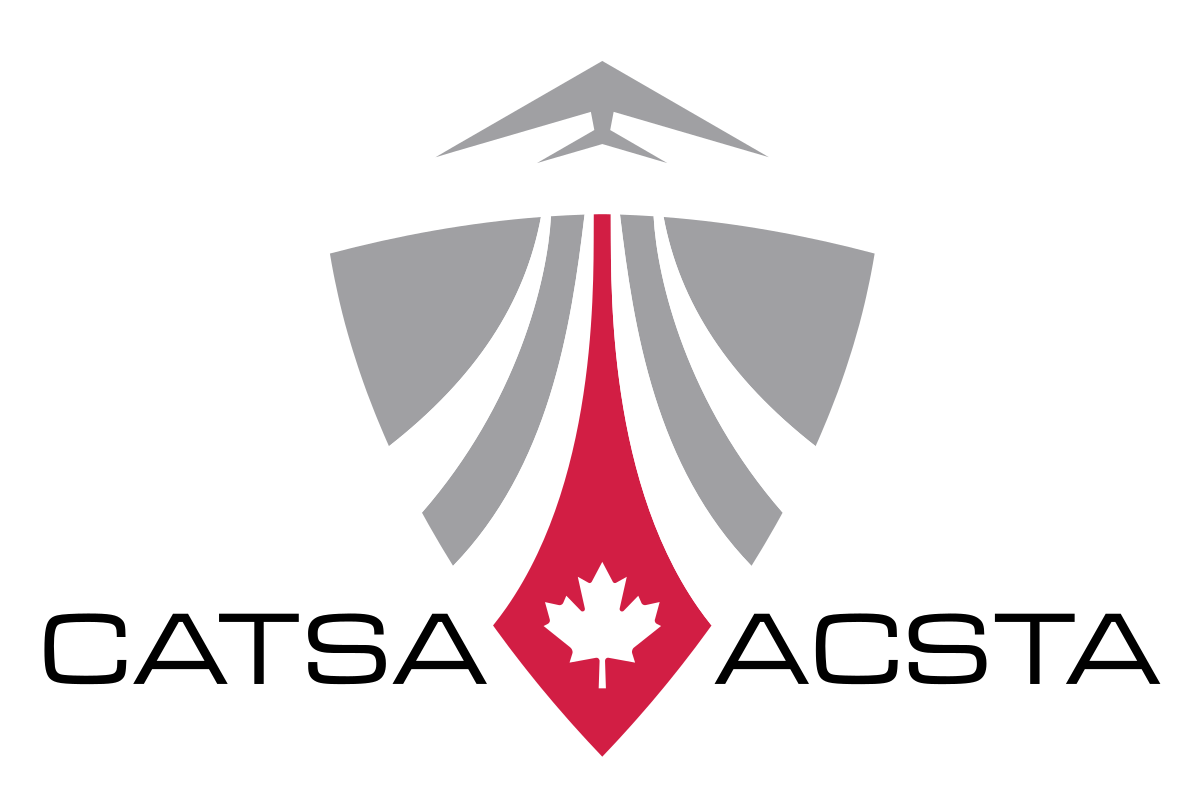Aviation law, in general, encompass a broad range of laws concerning air travel and air transportation. This branch of law covers air law which regulates civil aviation or the commercial conduct of the business of transporting passengers and goods or cargo across borders. It also governs the regulation of licenses, registration, and other mandatory documents or submissions to conduct civil aviation.
Most importantly, aviation law governs the liabilities of parties to civil aviation when accidents happen (both attributable or not to an airline’s or air carrier’s negligence), which may result in injuries or death of passengers, and/or damage, destruction, or loss of cargoes.
Aviation Law in Canada
The aviation law in Canada is composed of different laws which has its own specific focus area on aviation law. In general, aviation is regulated at the federal level and is placed under the responsibility of several federal government agencies.
Aviation law is both governed by federal laws and international laws, and the latter would apply especially for international travel of passengers and cargoes. It would govern not just civil aviation whose point of origin is Canada, but also those destination is Canada. It also applies regardless of whether the passengers are Canadians or not, and whether the registration of the aircraft and its crew is under Canadian law or not.
Carriage by Air Act
Sources of international laws for aviation may include international treaties and conventions which Canada is a signatory to. To localise its enforceability, these treaties and conventions have been incorporated into Canadian federal laws and this was done through the passage of the Carriage by Air Act. Although, this does not mean that without the local (federal) law, said international treaties and conventions are unenforceable.
The following are the international treaties and conventions, including its amending conventions and protocols, which the Act declares to have the force of law in Canada with regards to civil aviation:
- Convention for the Unification of Certain Rules Relating to International Carriage by Air (Warsaw Convention of 1929)
- Protocol to Amend the Convention for the Unification of Certain Rules Relating to International Carriage by Air (Hague Protocol of 1955)
- Convention for the Unification of Certain Rules for International Carriage by Air (Montreal Convention of 1999)
There is no doubt that these laws are complicated, and it is highly advised that you reach out to the best aviation lawyers in Canada for assistance on any issues regarding these laws.
Air Passenger Protection Regulations (APPR)
When a passenger’s flight has been delayed, cancelled, or when any other unfortunate situation happens, the Air Passenger Protection Regulations is the regulation which will direct the parties on what to do during such situation.
The Air Passenger Protection Regulations are the regulations which provides for the minimum obligations and liabilities of airlines or air carriers towards their passengers in certain circumstances. The Regulation was promulgated by Transport Canada by virtue of the regulating powers provided by the Canada Transportation Act to implement its provisions on air transportation. The Regulation is applicable both to domestic and international flights, including connecting flights.
The Regulations provide for an airline’s obligation in situations of flight disruptions, which may include compensation, meals and/or accommodation according to the standards of treatment, and completion of passenger's itinerary when the situation is within the airline’s control; otherwise, or when it is outside the airline’s control, the Regulations provide that the airline is liable only for the completion of the passenger's itinerary.
With regards to the seating of children, the Regulations provide that children under 14 years old should be seated near their parent, guardian, or tutor, and at no additional cost. The proximity of such seating would depend on the age range of the said child:
- Under 5 years old: adjacent seat
- 5 years old to 11 years old: in the same row and separated by no more than one seat
- 12 years old to 13 years old: separated by no more than a row
Air passengers would also be entitled to compensation in the following circumstances:
- When passengers are denied boarding, provided that it is within the airline's control and is not required for safety; and
- When passengers’ baggage is either lost, delayed, or damaged, whose compensation may be based on the Montreal Convention of 1999.
Canadian Aviation Regulations (CARs)
The Canadian Aviation Regulations (CARs) are the regulations promulgated by Transport Canada which implements the provisions of the Aeronautics Act. While the APPR governs the relationship of air passengers and commercial airlines or air carriers, the CARs govern the relationship between the government and these airlines or air carriers.

The CARs are divided into eight parts, which corresponds to the areas of air travel it regulates:
- Part I – General Provisions
- Part II – Aircraft Identification and Registration and Operation of a Leased Aircraft by a Non-Registered Owner
- Part III – Aerodromes, Airports and Heliports
- Part IV – Personnel Licensing and Training
- Part V – Airworthiness
- Part VI – General Operating and Flight Rules
- Part VII – Commercial Air Services
- Part VIII — Air Navigation Services
Generally, the CARs set out the industry standards for commercial airlines or air carriers to ensure the safety and airworthiness of their aircrafts. To achieve this, the CARs outlined the requirements imposed on these airlines or air carriers regarding registration of aircrafts; training and licensing of their pilots and other staff, crew, or personnel; and certification of aerodromes and airports.
Who regulates aviation law in Canada?
Transport Canada is the federal government agency responsible for the regulation of aviation law in Canada. It’s the main agency which implements the laws and regulations regarding airport safety and security standards, including its certification and regulation, as according to the international treaties and conventions that Canada has acceded to.
Another federal agency tasked in securing the safety of airports is the Canadian Air Transport Security Authority (CATSA). The Authority is mainly responsible for the security screening of passengers and their cargoes or baggage as they enter the airports and are carried in aircrafts. CATSA also refers to the provisions of the Aeronautics Act in implementing the said safety measures.

As part of Transportation Canada, the Canadian Transportation Agency (CTA) also regulates the registration and licensing of entities involved in air transportation, although CTA generally covers not just air transportation, but also railway and maritime transportation. The CTA works as an independent, quasi-judicial tribunal, which enables it to assist the procedure or adjudicate any transportation dispute or complaint submitted to it by the parties. This includes mediation, arbitration, facilitation, or adjudication.
Interested to know more about Canada’s aviation law? We recommend reaching out to lawyers specializing this in your area, such as the best aviation lawyers in Ontario, or the best aviation lawyers in British Columbia.
Related Articles:
Air transport regulation: Canadian aviation laws to know
An overview of Canadian Aviation Regulations 702
A guide to Canadian Aviation Regulations 703
Canadian Aviation Regulations 704: a quick guide for air operators
Canadian Aviation Regulations 705: the basics for airline operators
Canadian Aviation Regulations: A Guide on Laws
The basics of Canada’s civil aviation regulation





